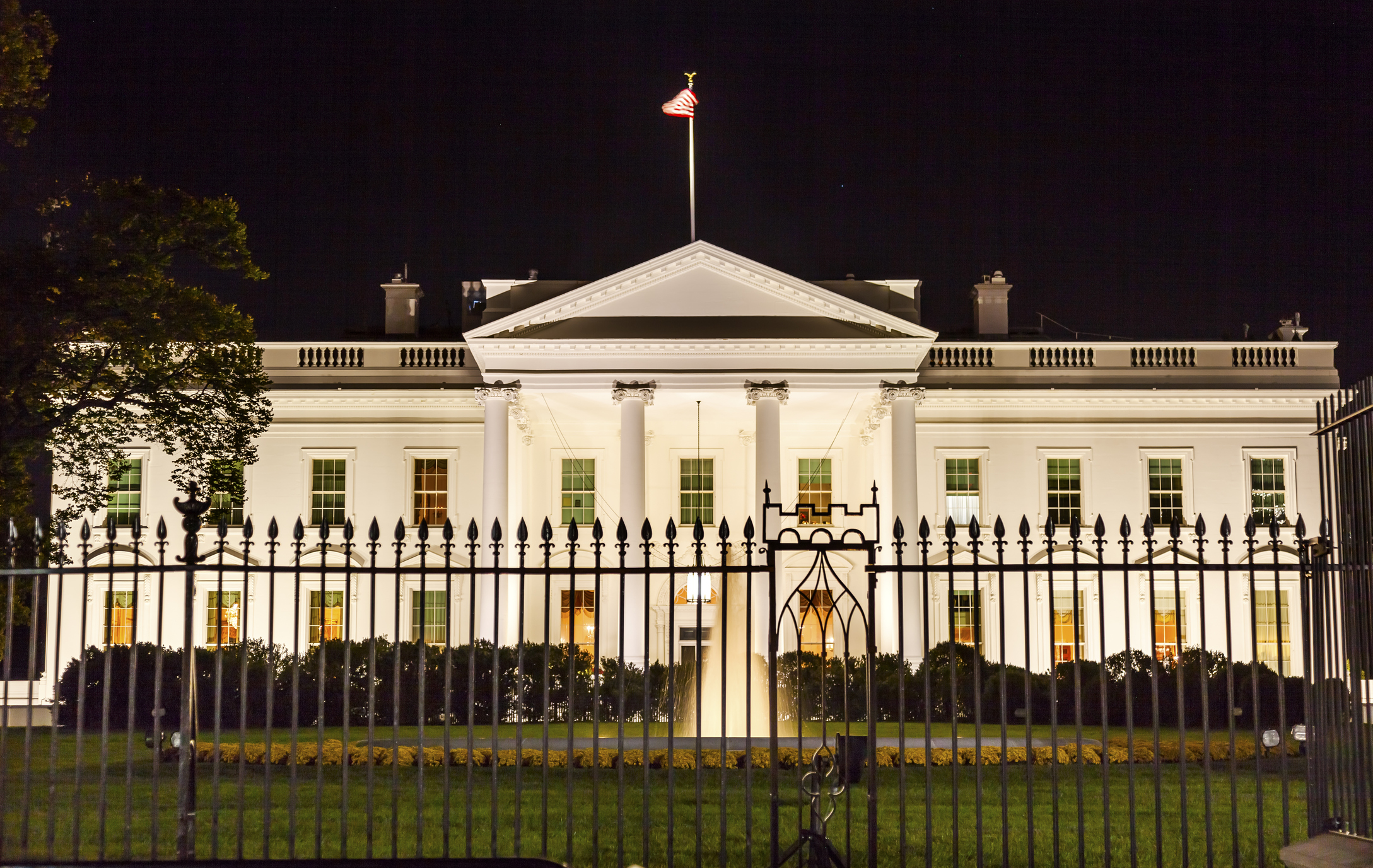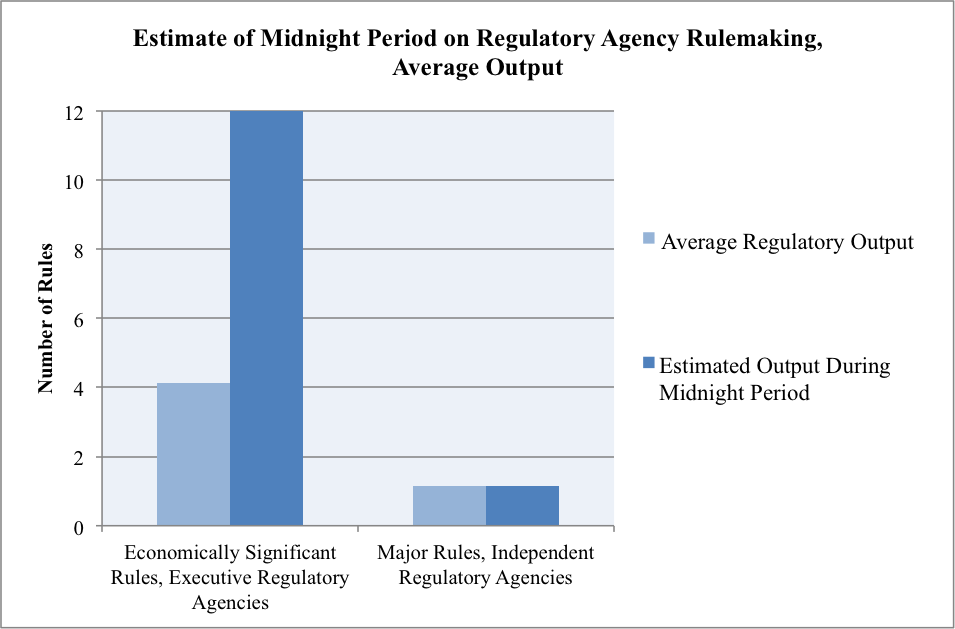
A recent report suggests that unlike executive agencies, independent agencies get to continue dancing right past midnight.
The final three months of presidential administrations—commonly referred to as the “midnight period”—historically have been accompanied by significant increases in regulatory output. Regulatory scholars use the analogy of Cinderella hurrying to leave the ball before the stroke of midnight: agencies rush to issue regulations before they lose their magic as the clock strikes twelve (noon on Inauguration Day). But this analogy may not hold for all agencies. A recently released report by the George Washington University Regulatory Studies Center suggests that unlike executive agencies, independent agencies get to ignore the clock and continue dancing right past midnight.
Although many scholars point out that agency independence may more closely approximate a continuum than a binary classification, independent regulatory agencies contain a mixture of common characteristics designed to provide them a certain degree of autonomy relative to executive agencies. The most common characteristic of independent agencies is that their statutes permit the President to remove appointed agency heads and commissioners only “for cause”—that is, in cases of negligence or malfeasance in office. Further, independent regulatory agencies are not housed within executive office departments; they are led by multimember commissions in place of a single agency head, and commissioners have staggered tenures so that different members’ terms expire at different times and do not necessarily coincide with changes in presidential administrations.
It might seem intuitive to assume that the only driver of midnight regulatory output is a direct effort on the part of the outgoing President to cement his legacy or politically constrain an incoming President from an opposing political party. Although it is likely that there are midnight regulations that result from this behavior, scholars find that incentives for political appointees and career staff also likely contribute to this regulatory surge.
Thousands of political appointees lose their ability to affect regulatory policy once the next administration takes office and they are replaced. Even though career staff do not turn over with changes in administration, they may not relish the prospect of having to bring new managers up-to-speed with the regulatory policies that remain unfinished. If these incentives to move regulatory priorities out the door are partly responsible for a significant amount of the midnight activity that scholars observe, then regulatory agencies not on the same timetable may face fewer pressures to increase their regulatory activity during the midnight period. Indeed, my research finds that independent agencies do not increase their average rate of regulatory output during the midnight period.
In our report, which I co-authored with Sofie Miller, we analyzed rulemaking patterns across several presidential administrations and applied different methods to historical data to project the increase in regulatory activity during the upcoming midnight period. My analysis of economically significant and major rules—those generally defined to have an estimated annual effect of $100 million or more on the economy—finds that although executive agencies do increase regulatory activity markedly during the last three months of presidential administrations, the same cannot be said for independent regulatory agencies.
My analysis employed a multivariate regression controlling for month, agency budgets, and agency structure (executive or independent) to estimate the effect of the midnight period on regulatory output. The model estimated that the effect of midnight was only significant for executive agencies. Midnight months are associated with an increase of eight additional economically significant rules by executive regulatory agencies; this represents roughly a three-fold increase, from an average of about four rules per month to 12 per month. On the other hand, the analysis of independent agency rulemaking estimated that the midnight period had no effect on the number of major rules that independent agencies published.

What aspect of agency structure is responsible for this result? Although scholars identify several characteristics that make agencies independent, the fact that they are multimember bodies with staggered tenures is likely responsible for their different behavior at midnight. Executive agencies are typically headed by a single political appointee whose tenure expires when the president leaves office. Other top executive agency officials are political appointees who also have an expiration date of noon on January 20th. In contrast, independent agencies are typically led by bipartisan, multimember bodies whose members serve staggered tenures that do not coincide with the end of the President’s term.
President Obama’s midnight period is likely to outpace that of his predecessors, given that his average monthly output of economically significant rules has been higher than that of his predecessors. This makes sense, considering that, as of October 2015, President Obama surpassed both President Clinton and President George W. Bush’s final count of economically significant rules in office. My findings, however, suggest that such increases are likely to be driven solely by executive agencies.




